
All categories
Featured selections
Trade Assurance
Buyer Central
Help Center
Get the app
Become a supplier

(3793 products available)









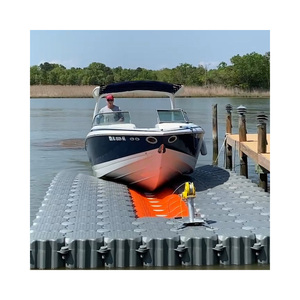
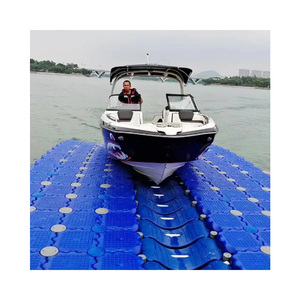
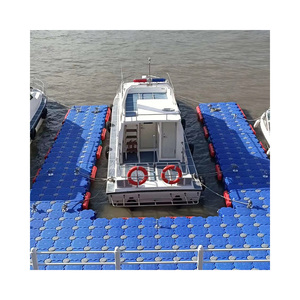
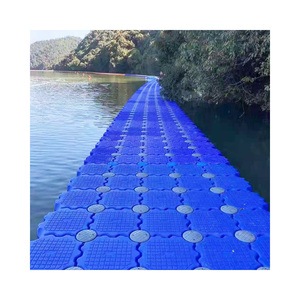
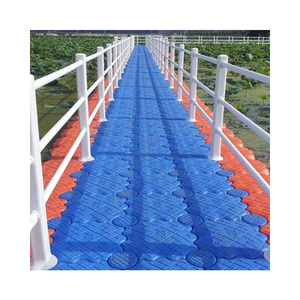
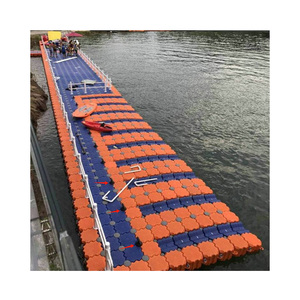

























boat data are innovative devices designed for anglers to enhance their fishing experience. These boats are equipped with advanced technology to deliver bait to precise locations in the water, increasing the likelihood of a successful catch. Utilizing remote control systems, boat data offer convenience and efficiency, allowing for strategic bait placement without the need for manual casting. They are engineered to navigate various water conditions and provide a reliable solution for both recreational and professional fishing enthusiasts. With features such as GPS navigation, sonar systems, and multiple bait compartments, boat data have revolutionized the way anglers approach fishing, making it easier to target specific fish species and improve overall catch rates.
The market offers a diverse range of boat data, each tailored to meet specific needs and preferences of anglers. Common types include mono-hull, catamaran, and trimaran designs. Mono-hull boats are known for their simplicity and ease of use, making them ideal for beginners. Catamaran models provide enhanced stability and maneuverability, beneficial in rough water conditions. Trimaran designs offer superior speed and efficiency, catering to experienced anglers seeking advanced performance. Each type of boat data is equipped with distinct features, such as varying bait capacities, battery life, and control range, allowing users to select the model that best suits their fishing style and environment.
boat data are packed with a multitude of functions and features that enhance the fishing experience. Key functionalities include remote control operation, GPS navigation, and sonar systems. Remote control allows anglers to operate the boat from a distance, enabling precise bait placement. GPS navigation ensures accurate positioning, helping users target specific fishing spots. Sonar systems provide real-time data on fish locations and underwater structures, increasing the chances of a successful catch. Additional features such as automatic bait release, multiple bait compartments, and LED lights for night fishing further enhance the usability of boat data. These technological advancements make fishing more efficient and enjoyable, allowing anglers to focus on strategy and increasing their catch rates.
The construction of boat data involves the use of durable materials designed to withstand various water conditions. Common materials include high-density polyethylene, fiberglass, and ABS plastic. High-density polyethylene is favored for its lightweight and robust nature, providing excellent buoyancy and resistance to impact. Fiberglass offers superior strength and durability, ensuring longevity in harsh environments. ABS plastic is known for its toughness and ability to resist environmental degradation. The choice of materials impacts the boat's performance, including speed, stability, and maneuverability. Advanced engineering techniques ensure that boat data are built to last, offering reliable service to anglers across different fishing scenarios.
Using boat data effectively requires understanding their capabilities and optimizing their features for the best results. Begin by familiarizing yourself with the remote control system, ensuring you can operate the boat smoothly. Utilize GPS features to navigate to precise fishing spots and deploy bait strategically. Take advantage of sonar systems to identify fish locations and adjust your tactics accordingly. Regular maintenance of boat data is essential to keep them in optimal condition; this includes checking battery levels, cleaning after use, and inspecting for damage. Properly loading bait compartments and ensuring balanced weight distribution will enhance performance. By mastering the use of boat data, anglers can significantly improve their fishing outcomes and enjoy a more rewarding experience on the water.
When selecting boat data, it's essential to consider several factors to ensure you choose the right model for your fishing needs. First, assess the water conditions and environments where you'll be using the boat. Different models are designed for specific conditions; for example, catamaran designs are great for stability in rough waters, while mono-hulls are more suited to calm waters. Additionally, consider the range and battery life of the boat data, especially if you plan on fishing in larger lakes or rivers. A longer range and extended battery life will provide more flexibility and allow for extended fishing sessions without interruption.
Another vital aspect to consider is the boat's payload capacity. Depending on the type of fishing you engage in, you may need a boat data with larger bait compartments to carry more bait. This is particularly important for anglers targeting larger fish or fishing in areas where bait needs to be replenished frequently. The technology incorporated into the boat, such as GPS and sonar systems, also plays a crucial role in decision-making. These features can significantly enhance your fishing experience by providing precise location data and real-time fish tracking, making it easier to target specific areas.
Battery life is a crucial consideration when choosing boat data. A longer battery life ensures that the boat can operate for extended periods, which is beneficial for long fishing trips. It's important to check the manufacturer's specifications for the estimated run time and consider how this aligns with your typical fishing duration. Additionally, some models offer replaceable or rechargeable batteries, providing more flexibility and convenience during use.
Not all boat data come with GPS and sonar systems as standard features. These are typically found in more advanced models designed for serious anglers. If these features are important to you, ensure that the model you choose includes them. GPS is invaluable for precise navigation and returning to productive fishing spots, while sonar systems can help locate fish and underwater structures, increasing your chances of a successful catch.
Maintaining boat data involves regular cleaning and inspection to ensure optimal performance and longevity. After each use, clean the boat to remove any debris or saltwater that may cause corrosion. Check the battery levels and connections regularly, and store the boat in a dry, cool place to prevent damage. It's also advisable to periodically inspect the hull and electronic components for signs of wear or damage, addressing any issues promptly to avoid more significant problems.
The control range of boat data determines how far you can operate the boat from the shore or your fishing position. A longer control range provides greater flexibility, allowing you to explore larger areas and reach distant fishing spots that might be inaccessible by casting alone. This feature can be especially beneficial in large lakes or rivers where fish may be spread out over a wide area.
Many boat data are designed for use in both freshwater and saltwater environments. However, it's crucial to verify the manufacturer's specifications to ensure the boat is built with materials resistant to corrosion from saltwater exposure. After using the boat in saltwater, it's important to rinse it thoroughly with fresh water to prevent salt buildup, which can damage the boat's components over time.